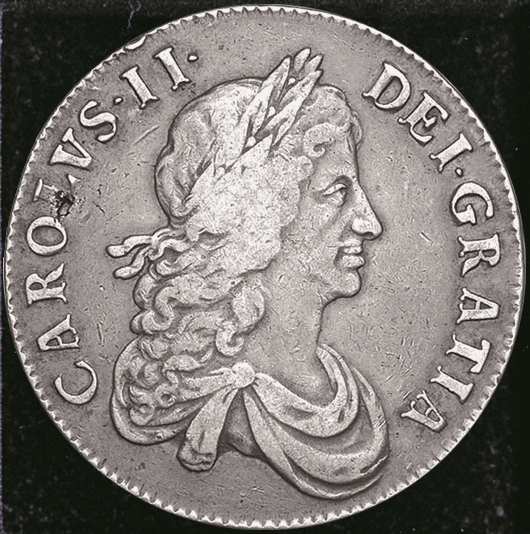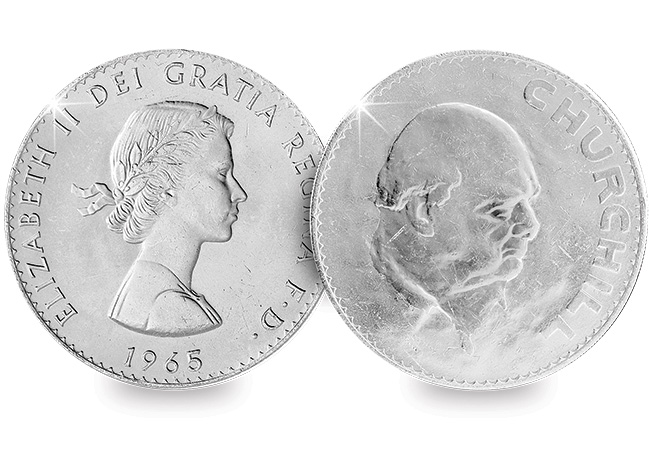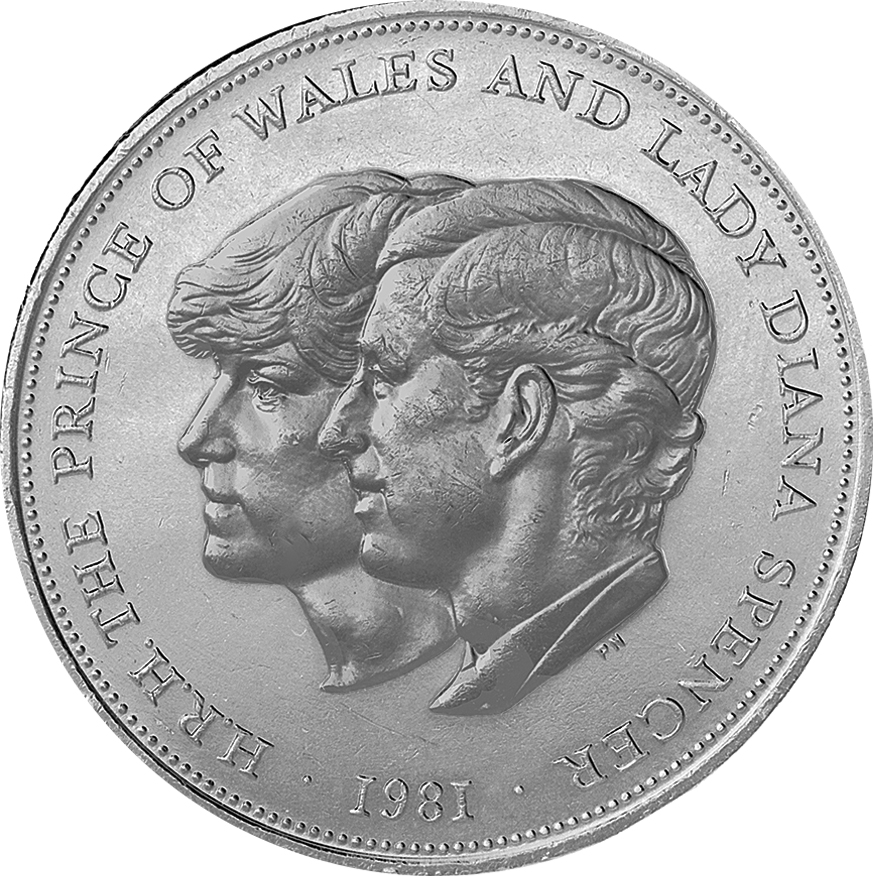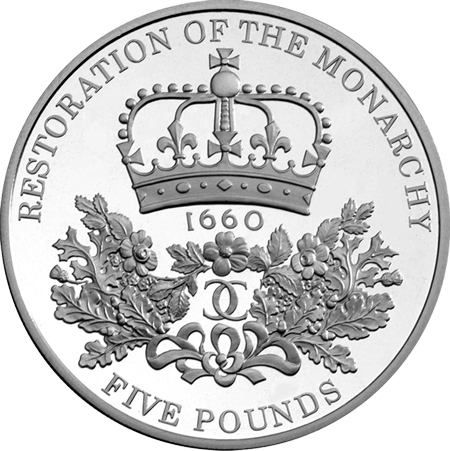Posts Tagged ‘Commemorative Coin’
The day I took 800 coins to the sky in a WWII Spitfire
Last Saturday I had the opportunity to see the RAF’s most famous plane up close and personal. That’s because on the 24th March I drove up to the historic Duxford Aerodrome to have 800 of the brand new Spitfire £2 coins flown in an original WWII Spitfire.
I arrived at 9am but unfortunately the chance of flying was in doubt because of the poor visibility caused by low lying clouds. The rest of the morning was spent nervously looking at the sky waiting for enough visibility for the pilot to safely take the 74 year old warbird into the air.
Our pilot for the day was Flight Lieutenant Anthony Parkinson MBE, known as Parky. The delay caused by the weather gave me the opportunity to talk with Parky about his time in the RAF and how the Spitfire compares to the modern jets he has flown during his time with the RAF. You can see Parky discussing his career and the Spitfire in the video below.
The wait for take-off also gave me the opportunity to sit in the cockpit of the famous fighter plane and experience some of what it would have been like for the young pilots who sat in the same cockpit to defend Britain in the skies over 70 years ago.
Finally at 2.00pm the cloud cleared enough for a small pocket of visibility to take the Spitfire into the air. We quickly pushed the Spitfire out of the hanger and Parky secured the 800 Spitfire £2 coins into the wing bays which would have once held the plane’s armaments.
At 2.20 Parky prepared the plane for take-off. Standing a few yards from the plane whilst it’s famous Rolls Royce engine fired up was brilliant, and the Spitfire TD314 drew in a crowd nearby while it taxied along the runway.
Parky swiftly took the famous plane into the sky and gave me and the rest of the crowd a fly by. Despite the cloud cover it was still fantastic to see the Spitfire race through the sky at the hands of a former Red Arrows display pilot.
The brand new Spitfire £2 coin is a fantastic commemoration of the famous plane and I am grateful that I had the opportunity to mark the 100th anniversary of the RAF with such a fitting tribute.
Thank you to Ben Perkins, Flight Lieutenant Anthony Parkinson MBE and the rest of the team at Aerolegends for helping to take the Spitfire £2 coins to the sky and for giving me the opportunity to see this famous warbird in the flesh.

Signed edition Silver Proof £2 Spitfire coin.
If you’re interested
All 800 coins have now been sold. However, we will soon be flying the 4 times as limited ‘signed edition’ Silver Proof £2. Click here to pre-reserve yours now >>
Take a look at the history of the British crown coin…
Discover the journey of the crown coin and how it became the UK’s flagship £5 commemorative coin…
For more information about the history of the crown coin click here.
Click here to download your own printable version of The History of the Crown Coin.
The history of the British crown coin…
Today crown coins are usually issued to mark special occasions of national importance and are intended to be commemoratives rather than ordinary circulation coins. But they have seen some significant changes over the decades...
The British crown first appeared during the reign of Henry VIII and was struck from gold. Issued in 1544, the ‘Double rose’ as it came to be known had a twin rose deign topped with a large crown on the obverse.

Charles II Crown
Crown coins weren’t struck regularly from silver until 1662 under Charles II – which is when all the previous denominations of gold coins were replaced by milled guineas.
Silver crown coins enter circulation…
The crown issued for circulation that year marked the end of hammered coins as the Royal Mint transferred to mill striking permanently after centuries of working by hand.
At this point the crown started to look more familiar, and it has remained roughly the same size (almost 30mm in diameter) to the present day.
The coins’ generous dimensions leant it an air of importance, and crowns were usually struck in a new monarch’s coronation year. This was true of every monarch since King George IV up until the present monarch in 1953, with the single exception of King George V.

The 1965 Churchill Memorial Crown – the first crown coin to feature a non-monarch
With its large size, many of the later coins were primarily commemoratives. The 1965 issue carried the image of Winston Churchill on the reverse, the first time a non-monarch or commoner was ever placed on a British coin, and marked his death.
Decimalisation arrives…
Traditionally crowns had a face value of five shillings, but after decimalisation on 15th February 1971 the crown became the 25p coin – one of the UK’s most unusual denominations.
The 25p pieces were issued to commemorate significant events, with one of the earliest issues being the Silver Wedding Anniversary of Queen Elizabeth II and Prince Phillip in 1972.

1981 Charles and Diana Wedding Crown
In 1980 an issue was authorised for the 80th birthday of Queen Elizabeth The Queen Mother; and, in 1981, the coin was issued to celebrate the marriage of Charles, Prince of Wales and Lady Diana Spencer. All of these issues were struck in large mintages, in plastic cases, and in cupro-nickel. However, in addition to this, limited numbers of collectors’ coins of these modern issues were struck to proof quality separately by the Royal Mint in sterling silver.
Legal tender changes from 25p to £5…
The legal tender value of the crown remained as 25p until 1990 when their face value was increased to £5 in view of its relatively large size compared to other coins.
Since the value increased to £5 in 1990 it quickly became recognised as the nation’s flagship commemorative coin and remained possible to buy these coins through banks and post offices (as well as the Royal Mint, The Westminster Collection and other distributors) in circulating quality right up until 2009.
Farewell to the face value £5 coin…

The last ever £5 for £5 crown coin – 2010 The Restoration of the Monarchy
£5 coins continued to be available for a couple more years at face value in brilliant uncirculated quality. But sadly, today the Royal Mint only releases £5 coins in presentation packs selling for £13.
The British crown has undoubtedly seen many changes throughout the years, from metals, size and denomination – it certainly is a coin with an interesting history.
What’s been the most significant change for you? Leave a comment below.
Sign the petition to bring back the £5 for £5 by clicking here

Discover how you can be one of just 1,000 collectors able to own the new 2016 UK Queen’s 90th Birthday £5 for £5 – click here.

